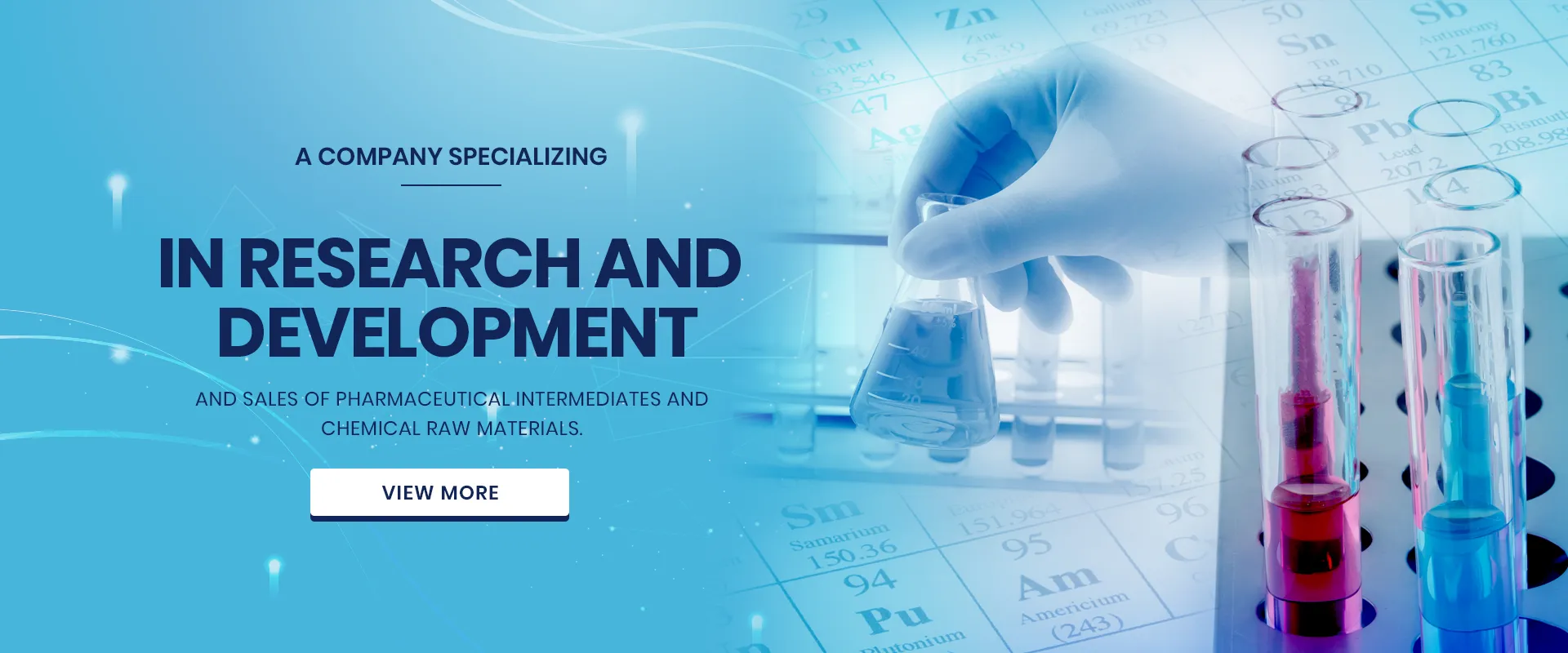Water and Wastewater Treatment Chemicals Essential Components for Clean Water
Water is undoubtedly one of the most vital resources for human survival, and its quality directly affects public health, ecosystem balance, and the economy. As urbanization increases and the population expands, the need for effective water and wastewater treatment has never been more critical. At the heart of these processes are various chemicals used to purify and treat water and wastewater, ensuring that it meets regulatory standards and is safe for consumption and environmental release.
The Importance of Water Treatment Chemicals
Water treatment chemicals play a crucial role in managing a variety of contaminants, which can include pathogens, heavy metals, sediments, and organic pollutants. Their main functions include coagulation, flocculation, disinfection, and oxidation, each designed to target specific types of impurities.
1. Coagulants These chemicals, such as aluminum sulfate and ferric chloride, help remove suspended particles from water. When added, they cause fine particles to bond together, forming larger aggregates or flocs that can be easily removed during sedimentation. This process significantly reduces turbidity and prepares water for further purification.
2. Flocculants After coagulation, flocculants are introduced to enhance the agglomeration of flocs. Polymers like polyacrylamide are commonly used for this purpose. By increasing the size of the flocs, flocculants facilitate more efficient removal during filtration, improving the overall quality of the treated water.
3. Disinfectants To ensure microbial safety, disinfectants such as chlorine, chloramine, and ozone are utilized. Chlorination is one of the most common methods, effectively killing bacteria, viruses, and other pathogenic organisms. However, it is crucial to monitor residual chlorine levels, as excess chlorine can lead to the formation of harmful byproducts like trihalomethanes (THMs).
4. Oxidizing Agents Chemicals like potassium permanganate and hydrogen peroxide are employed to oxidize organic and inorganic contaminants. They aid in removing odor, color, and taste compounds from water, providing a cleaner and more pleasant drinking experience.
5. pH Adjusters The acidity or alkalinity of water can impact the effectiveness of disinfection processes and the solubility of metals. Chemicals such as lime (calcium hydroxide) or sulfuric acid are used to adjust pH levels, ensuring optimal conditions for treatment.
The Role of Wastewater Treatment Chemicals
water and wastewater treatment chemicals

In wastewater treatment, the primary goal is to remove contaminants before discharge into the environment or before the water is reused. This process often involves the same types of chemicals utilized in drinking water treatment, but with some additional applications.
2. Biocides To control microbial growth in treatment facilities, biocides, such as chlorine and sodium hypochlorite, are frequently added. These agents help maintain a stable microbiological environment during the treatment process.
3. Sludge Conditioning Agents The treatment of sludge generated during wastewater treatment involves the use of polymers and other chemicals to improve dewatering efficiency. This is essential for reducing the volume of sludge that needs to be disposed of, thus lowering disposal costs and environmental impact.
Environmental Considerations
While water treatment chemicals are essential for effective purification, their application must be managed carefully. Overuse or inappropriate use can lead to secondary pollution issues, affecting ecosystems and human health. Therefore, continuous monitoring, regulation, and innovation in chemical treatment methods are necessary to enhance effectiveness while minimizing environmental impact.
Innovative approaches, including biodegradable alternatives and coagulants derived from natural sources, are gaining traction. The development of such eco-friendly chemicals marks a significant step toward sustainable water management practices.
Conclusion
The role of water and wastewater treatment chemicals is pivotal in safeguarding public health and preserving our environment. As the world faces increasing water scarcity and environmental challenges, the continuous improvement of these treatment processes, alongside the careful selection and application of chemicals, will be critical in securing access to clean water for future generations. Through advancements in technology and a commitment to sustainability, we can ensure that these essential resources are managed responsibly and effectively.

